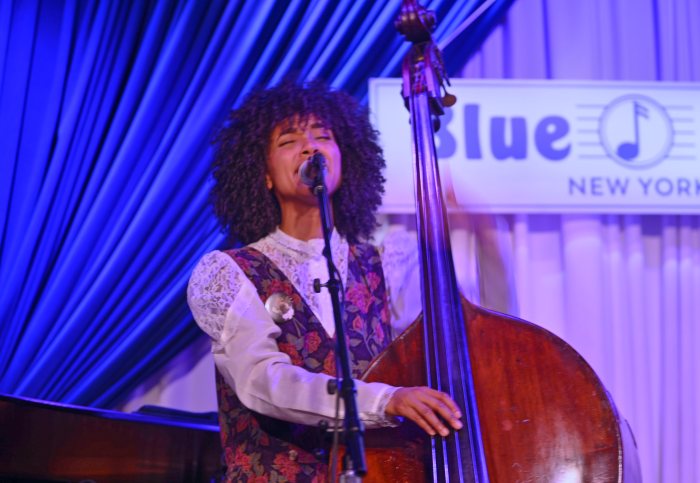
‘Betrayal’ runs at the Bernard B. Jacobs Theatre through Dec. 8. 242 W. 45th St., betrayalonbroadway.com.
I am hard-pressed to think of a better production of a Harold Pinter drama to play New York in over a decade than this sharp and absorbing London revival of 1978’s “Betrayal.” Directed by Jamie Lloyd, the relationship drama stars Tom Hiddleston (Loki in the Marvel Cinematic Universe), Charlie Cox (“Daredevil”) and Zawe Ashton (“Velvet Buzzsaw”). All three are making their Broadway debuts.
Pinter, who won the 2005 Nobel Prize for Literature (before his death in 2008), can be a difficult nut to crack for many theatergoers. One is either mesmerized by his menacing, pause-filled psychological dramas (such as “The Homecoming, “The Caretaker” and “The Birthday Party”) or finds them to be puzzling, inert and empty — as I admittedly often do.
But the stars seem to have aligned in the case of this revival of “Betrayal,” which also happens to be one of Pinter’s simplest and most accessible plays — far more so than works like “Old Times” and “No Man’s Land,” which have played Broadway in recent years.
To get a sense of how excellent this production is, one need only look back on the lackluster and lifeless 2013 Broadway revival of “Betrayal,” which was directed by Mike Nichols (unfortunately his last show on Broadway before his death) and starred the real-life couple Daniel Craig and Rachel Weisz.
“Betrayal” studies an extramarital affair between Emma (Ashton) and Jerry (Cox), who happens to be the best friend of Emma’s husband, Robert (Hiddleston). Its scenes are played out in reverse chronology (from 1977 to 1968) in order to expose what is often left unsaid by the characters (including knowledge of their lies) but is nevertheless reflected in their pauses and reactions.
Lloyd’s production treats the play as a dance of desire and angst among the three characters. In scenes with only two of them, Lloyd keeps the third onstage, reflecting the pervasive and perverse interplay among them. What would feel unemotional and empty in lesser hands instead makes for compelling theater here.
All of the slick design elements — lighting, sound, costume, set, turntables — merge together beautifully to support the concept. Likewise, the performances represent an ensemble triumph, with Hiddleston’s bitterness, Cox’s softness and Ashton’s restlessness working off each other to produce unrelenting tension and dynamic results.
If you have never seen a production of a Pinter play out of concern that it would be too strange or confusing, this is the one to see. On the other hand, Pinter aficionados ought to be able to appreciate why this production stands above and beyond so many other recent revivals of the playwright’s work.
Bottom line: Best Broadway revival of a Harold Pinter drama in over a decade.




































